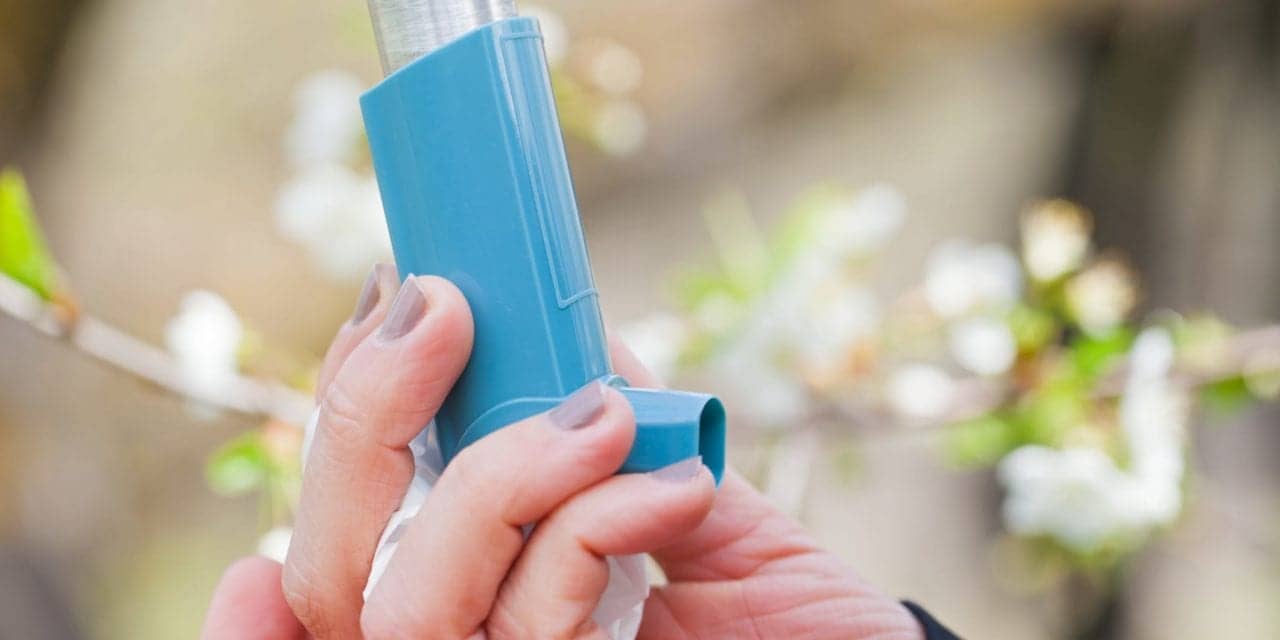A spokesperson for the US Environmental Protection Agency (EPA) recommends reducing indoor irritants to help lower asthma triggers.
“Americans spend up to 90% of their time indoors, and indoor allergens and irritants play a significant role in triggering asthma attacks,” she says. “Triggers are things that can cause asthma symptoms, an episode or attack, or make asthma worse. If you have asthma, you may react to just one trigger or you may find that several things act as triggers. Be sure to work with a doctor to identify triggers and develop a treatment plan that includes ways to reduce exposures to your asthma triggers.”
Symptoms of asthma are often made worse by poor air quality. Airborne irritants such as dust, smoke, and pollen can trigger an asthma attack, which can be particularly dangerous for children. A 2015 review paper found that our homes can be full of these indoor contaminants and often outdoor pollutants end up inside, particularly if you live in a heavily populated area, causing further potential irritation.
The World Health Organization carried out an investigation into how damp and mold can impact indoor air quality and found that the presence of mold exacerbated symptoms of asthma. Air purifiers are fantastic for cleaning the air in your home and reducing the amount of potentially harmful, asthma triggering pollutants. Air purifiers for asthma are helpful because of the filtration system inside them. Good ones usually contain one or more HEPA filters, which filter the air in your home to remove indoor pollutants such as dust, pollen, mold spores, and other allergens. The cleaned air is then much cleaner and less likely to trigger an attack in someone with asthma.







